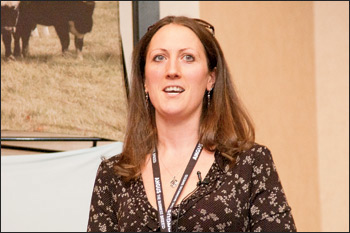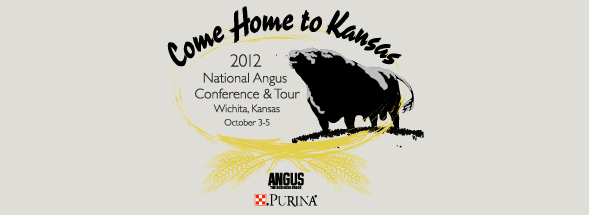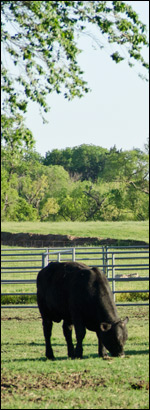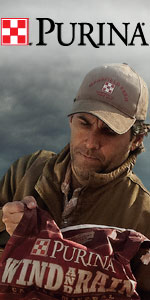Global Footprint of Beef Production and the Impact of Genetic Improvement
WICHITA, Kan. (Oct. 3, 2012) — Jude Capper is trying to dispel the myth that conventional beef production is not sustainable. An adjunct professor at Washington State University and consultant on sustainability of food production, Capper spoke during the 2012 National Angus Conference in Wichita, Kan., urging her audience to share positive messages about what the beef industry gives back to society every day.

Jude Capper, adjunct professor at Washington State University and consultant on sustainability of food production, said sustainable beef is not confined to niche markets.
According to Capper, conventional beef production can be sustainable if it is economically viable, environmentally responsible and socially acceptable, but society is being misled to believe the beef industry fails on the last two requirements.
“In fact, it is entirely sustainable and must continue to be so,” declared Capper.
Noting the challenge of feeding a global population expected to reach 9.5 billion by 2050, Capper said 70% more protein will have to produced on less arable land. It will require further improvements to productivity and efficiency.
Adding to the challenge is the “meat isn’t green” message spouted by groups opposed to animal agriculture. A former vegan raised in England, Capper said the misinformation these groups spread regarding the amounts of water required to produce meat is “complete and utter nonsense,” as are the grossly exaggerated estimates of animal-produced greenhouse gases.
According to Capper, a misinformed public increasingly believes application of new beef production technologies is bad when, in fact, safe technologies enable the industry to produce more beef, with fewer animals, less feed and in less time.
“Improved genetics have helped this happen in the feedlot sector and could also impact the cow-calf and stocker sectors,” said Capper. “Genetics can be used to reduce mature cow weight, saving feed and fuel, and also improve reproduction, longevity and calf mortality. This could allow huge gains economically and in carbon footprint reduction. It can allow the industry to be more productive and efficient using fewer resources.”
“Consumers have no idea that the extra beef a single carcass yields, as a result of using technologies such as growth implants and beta agonists, will provide seven kids with school lunches, for a whole year,” stated Capper.
“That kind of message may be the kind that will resonate with consumers. They need to know that productivity is a key factor in improving sustainability.”
Editor’s Note: This article was written by staff or under contract for Angus Productions Inc. (API). It may not be reprinted without the express permission of API. If you would like to reprint or repost this article, request permission by contacting the editor at 816-383-5200; 3201 Frederick Ave., Saint Joseph, MO 64506. API claims copyright to this website as presented. We welcome educational venues and cattlemen to link to this site as a service to their audience.




